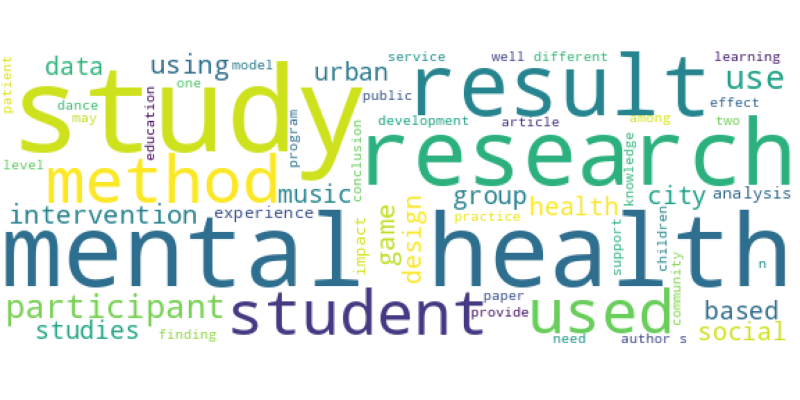| Id | 2725 | |
| Author | Raney M.A.; Daniel E.; Jack N. | |
| Title | Impact of urban schoolyard play zone diversity and nature-based design features on unstructured recess play behaviors | |
| Reference | Raney M.A.; Daniel E.; Jack N. Impact of urban schoolyard play zone diversity and nature-based design features on unstructured recess play behaviors,Landscape and Urban Planning 230 |
|
| Link to article | https://www.scopus.com/inward/record.uri?eid=2-s2.0-85141521526&doi=10.1016%2fj.landurbplan.2022.104632&partnerID=40&md5=2360caa6b0909cc6525b0730088ca418 |
|
| Abstract | In urban low-income neighborhoods, child wellbeing is highly dependent on the school ecosystem. The schoolyard, specifically, provides opportunities for physical and social development during recess. The purpose of our study was to examine the impact of various schoolyard design features and green space on unstructured recess play behaviors according to gender and age. Individual and population-level physical activity and social interactions were recorded with validated direct observation tools across five Title I Los Angeles elementary schoolyards (N = 2275). More students were observed sedentary in schoolyards with fewer unique play areas and in play areas with higher student density. Observations indicate that girls prefer noncompetitive activities in nature-filled spaces while boys prefer competitive ball games in either hardscape or grass. The play areas that appealed to and promoted moderate-to-vigorous physical activity and prosocial interactions in students of both genders and age groups included intentional physical separation from other areas, tree-provided shade, and/or balance and climbing obstacles. Results suggest that increasing the square footage of the schoolyard devoted to grass sport fields or traditional playground painting is not sufficient to optimize student benefit. In conclusion, there is potential to concurrently address environmental urban heat island effects and the rise in childhood obesity with large-scale green schoolyard renovations that allow for more student choice and creative play and include age-appropriate motor skill challenge. Future studies should examine how schoolyard design features conducive to positive recess play behaviors intersect with student attendance, outdoor learning, as well as additional mental and physical health outcomes. © 2022 The Author(s) |
|
| Keywords | Los Angeles California ; child health; equity; gender; heat island; obesity; physical activity; social development; student; urban area; urban design |
Wordcloud:



